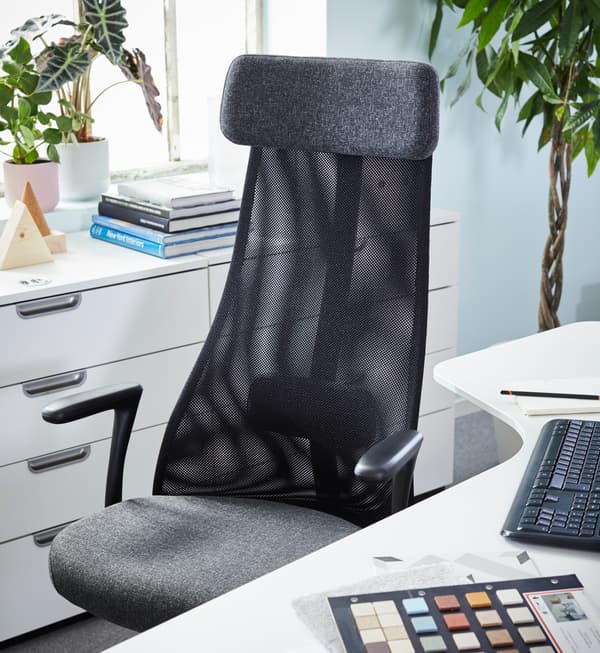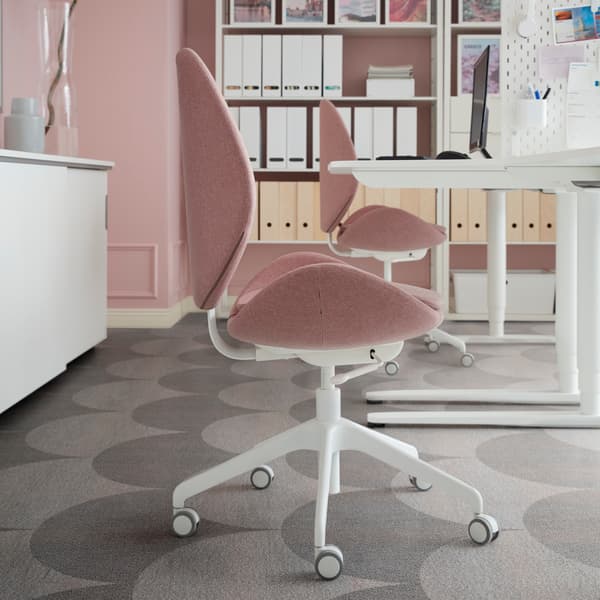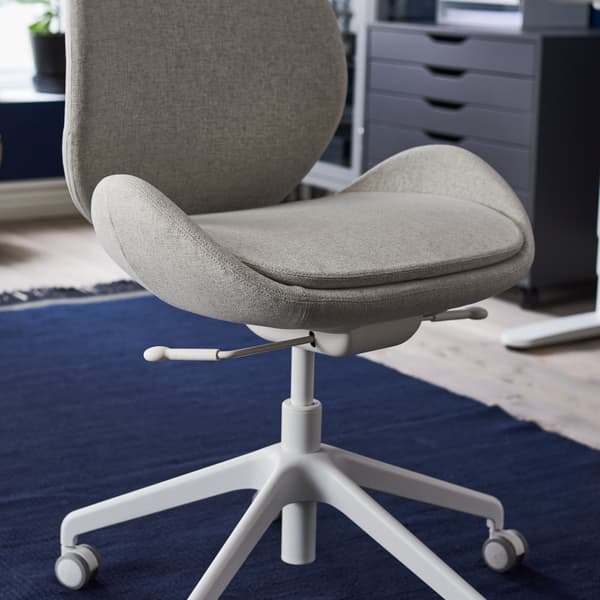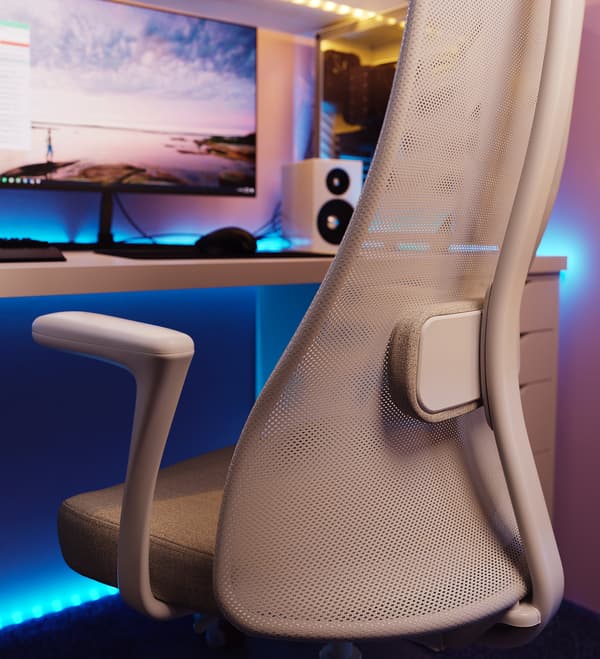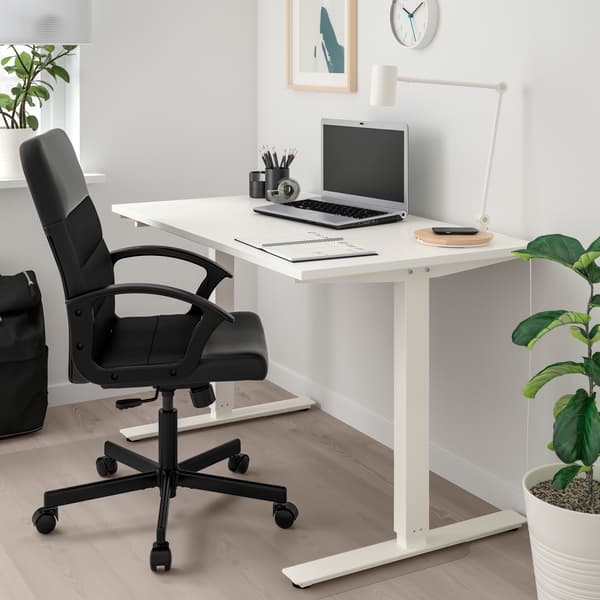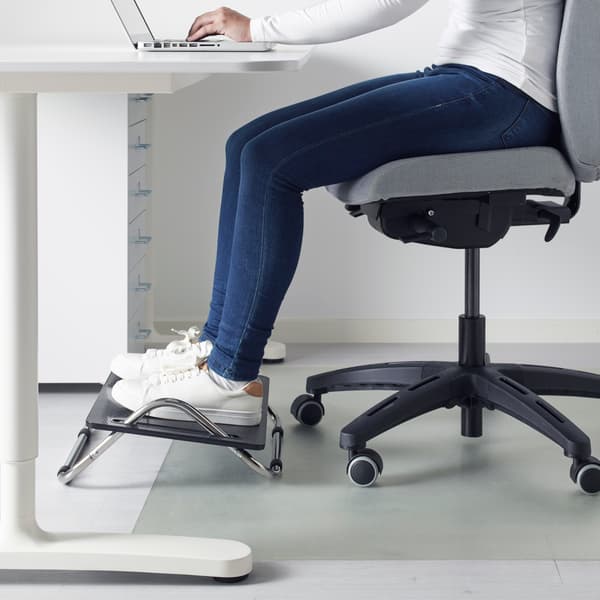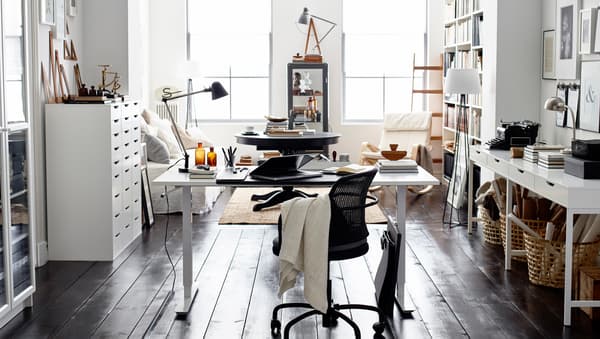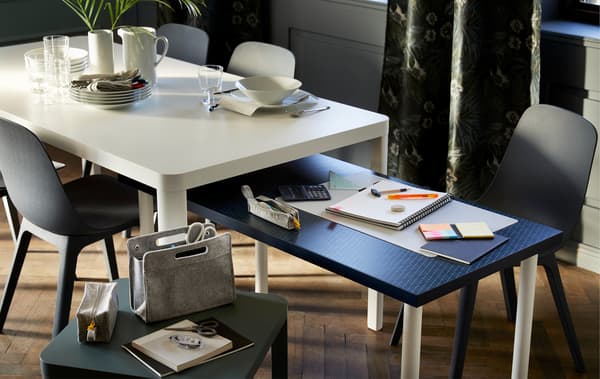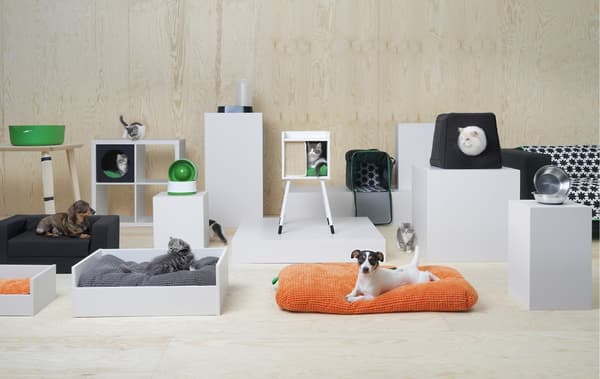How to choose the perfect desk chair
Whether you spend three, six, eight or more hours sitting in a chair while working, you'll need to ensure that you're sitting correctly and in the right chair.
If you'rethinking about buying a desk chair, but you're not sure which is the right one for you, don't miss this practical guide to clear up any doubts and choose the right office chair for you.
There's no such thing as a one-size-fits-all chair
The first and most important piece of advice we can give you is this: just because a chair is expensive, doesn't mean it's the best.
What's more, when selectinga good desk chair, you should also bear in mind other factors beyond the mistaken belief that the higher the price, the better the quality. Obviously, price is a factor to bear in mind, however the technical specifications (such as the type of seat, whether or not it has armrests or whether it's adjustable) are those that will truly make the difference.
Below you'll find a general overview of allthe aspects that a good office chair should have.
Material and structure
Let's begin with the material the chair is made from. Chairs come in all sorts of textures, butit's recommended that it be made of breathable material (which is particularly nice in warmer months) and that it be durable. Bear in mind that this chair will be part of your daily routine and will need to support both your weight and changes in posture throughout the workday. Another important factor to consider when it comes to comfort is to ensure that your desk chair has a soft cushioned layer.
Have you asked yourself why desk chairs are on casters and can spin? It's because, when it comes down to it, ergonomics are key during the workday and better support helps us to maintain a correct posture without having to force ourselves into a position that may lead to posture-related injuries. That's why it's important to opt for a work chair with good movement and castors.
Seat and backrest
If you're looking for a comfortable desk chair, an important feature—if not the most important—is that it should have good adjustment. And, as the saying goes: the more, the better. So it's important to pay close attention to both the seat and the backrest of our work chairs.
A chair should adapt to both your body and to the characteristics of your desk, such as, for example, the height of the desk or table with regard to your torso. If the chair is too low or too high, this can lead to back issues, which is precisely what we want to avoid when we're shopping for this kind of chair.
In order to avoid this, make sure that you can adjust the chair's height and that the backrest adapts correctly to your back and supports your lower back. In fact, the ideal height for a chairallows us to keep our pelvis and knees at an angle of 95–100° and our feet flat on the floor. We should be able to stretch our legs under the desk or table and freely turn 90° in both directions.
Did you know that our desk chairs meet all of these requirements? They have integrated lumbar support, height-adjustable seats and a tilt function that makes your workday much more enjoyable.
Armrests
Do desk chairs really need armrests? You're sure to have asked yourself this at least once. Our answer is: Yes! They're quite important.
While armrests typically aren't the determining factor in purchasing a desk chair, they are quite helpful—as you might have imagined—at supporting your arms and forearms and, in doing so, help to reduce fatigue in the vertebrae. What do you think? It's also good to note that chairs without armrests aren't necessarily worse, as on the plus side they are able to provide more range of movement.
In any case, if you opt for a chair with armrests, pay close attention to their width and length to ensure that your arms rest comfortably in a natural position and that the armrests don't get in your way when moving closer to the desk or table.
How to sit
Now that you have an idea of the basics of choosing the right desk chair, all you need to do is buy one and enjoy it. But wait! You still need to ensure that you sit in it properly. A good desk chair doesn't mean you can forget about good practices while working to prevent back pain or other discomfort.
Lastly, we'll leave you with a short list of recommendations about how to sit properly while working from home or at the office:
- It's recommended that you try to move around and stretch your legs at least every two hours. So, get up out of your chair! Walk around the office or your living room at home. Take a moment to drink some water, walk, stretch a little and switch up your view.
- Get a footrest. This accessory will help you to sit with good posture while working and reduce tension in your legs, back and neck.
- Don't cross your legs. It's something we do automatically, but we're often unaware of the impact this simple act has on our health: our circulation changes, we add weight to a sensitive area, there's an increased risk of developing varicose veins, our blood pressure increases and it promotes poor posture.
- Adjust your posture from time to time, always ensuring your back is straight. It's also a good idea to stretch occasionally while seated in your chair.
- Change the tilt of your seat to a fixed position for increased comfort. This will help with weight distribution and provide support when you need it. A tilt of 5º is recommended.
- Adjust your screen height. It's very important to set your computer or other screens at the right height to protect your neck. It's recommended that the edge of your screen is at eye-level (or slightly below), thus helping you keep your neck straight and aligned with your head and abdomen. More specifically, your monitor should be tilted 20–30°, which is an optimal angle for your eyesight, neck and shoulders. Do you use a laptop? Raise it up using a laptop stand.
Want some inspiration and advice to get the perfect work space? Don't miss this video on how to organise your desk.

As always, before we say goodbye, we'll leave you with a special selection of ideas to inspire you:
We love it when customers use our products in a creative way. Why not try to do something new with them yourself? But remember, any modifications or changes that you make to IKEA products will prevent them from being resold or used for their original purpose, thus invalidating IKEA product warranties and your right to return them.

